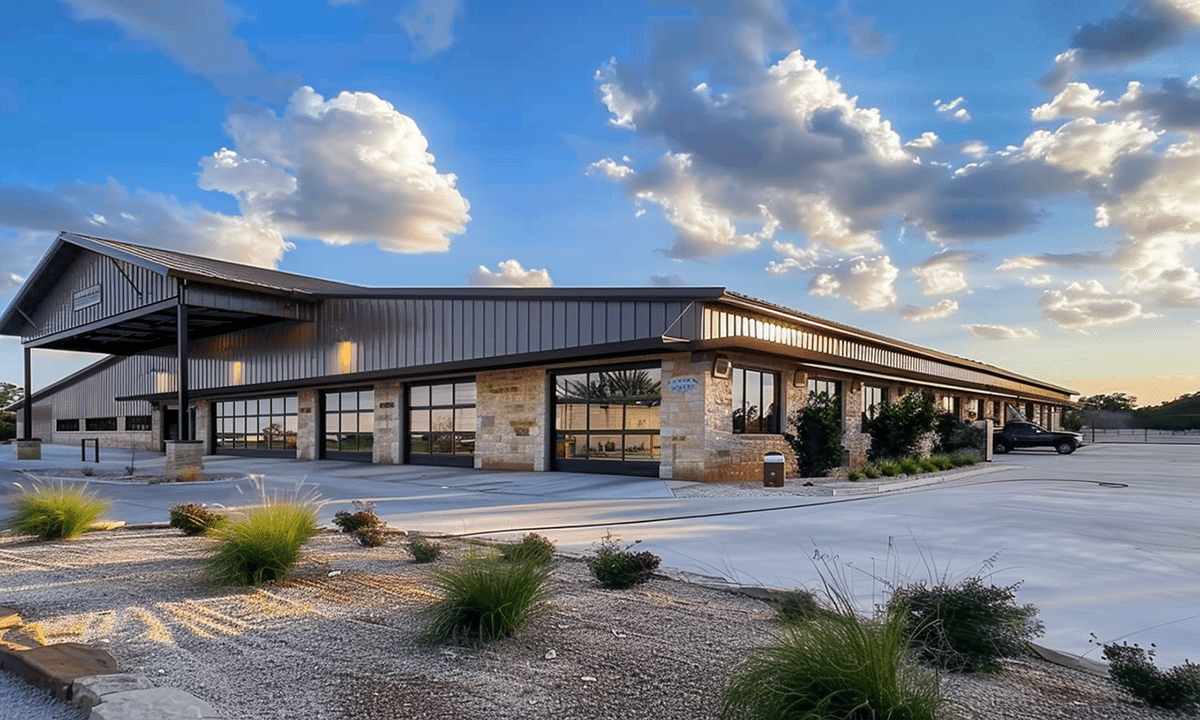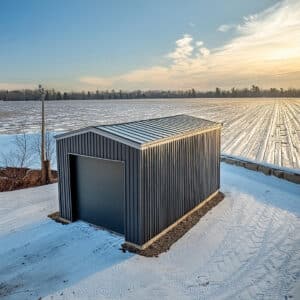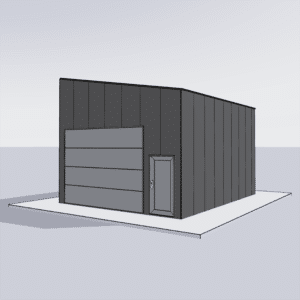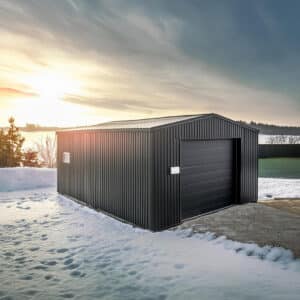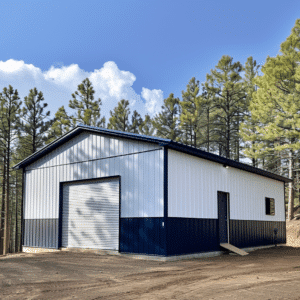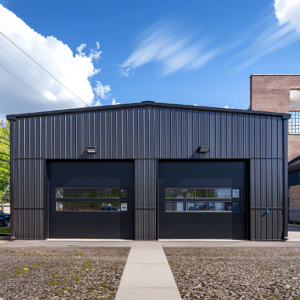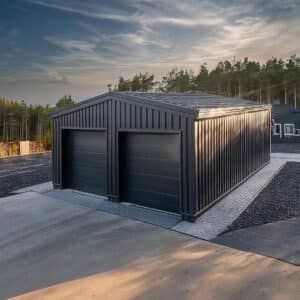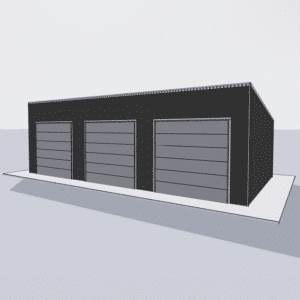When you think about building a steel agricultural building, your mind likely jumps to thoughts of soaring roofs and spacious storage. However, the foundation is just as crucial to your project’s success. It’s the unsung hero that supports everything above it, ensuring that your steel structure stands firm through thick and thin. Understanding the fundamentals of a proper foundation is the first step in learning how to build a strong agricultural steel building. Let’s lay the groundwork for this vital topic.
The Importance of Strong Steel Building Foundations
Before you get swept away with design plans and construction dreams, it’s essential to focus on what lies beneath—your building’s foundation. Foundations aren’t just slabs of concrete; they’re engineered systems tailored to support the unique demands of your steel agricultural building.
A well-constructed foundation ensures your building will:
– Remain stable and level
– Resist shifting due to soil erosion or frost heave
– Withstand the tremendous weight of steel components
– Protect against moisture infiltration, preserving the structural integrity
Your building’s foundation is like a recipe’s secret ingredient: unnoticed but indispensable.
Matching Your Foundation to Your Needs
How do you choose the right foundation? Consider factors like soil type, climate, and building use. For more tailored advice, check out our Building Foundation Services to ensure your foundation fits your agricultural needs perfectly.
There are several foundation types suitable for steel buildings, each with specific advantages:
– **Slab-on-grade foundation**: Ideal for lighter agricultural buildings in areas with a temperate climate.
– **Pier foundation**: Useful for uneven terrains or flood-prone zones.
– **Basement foundation**: Provides ample storage space and insulation beneath your structure.
Each option varies in cost and complexity, but selecting the correct foundation type is critical.
Factors Influencing Foundation Choices
The soil’s composition where you build can significantly impact your foundation choice. Imagine building a castle on the beach; without proper reinforcements, it won’t last long. Sandy, clay, or rocky soils each require different approaches.
Climate is another crucial element. In regions with extreme cold, foundations must resist frost heaving—an upward swell caused by freezing soil. To learn more about building in challenging weather conditions, consider exploring our Extreme Weather Steel solutions.
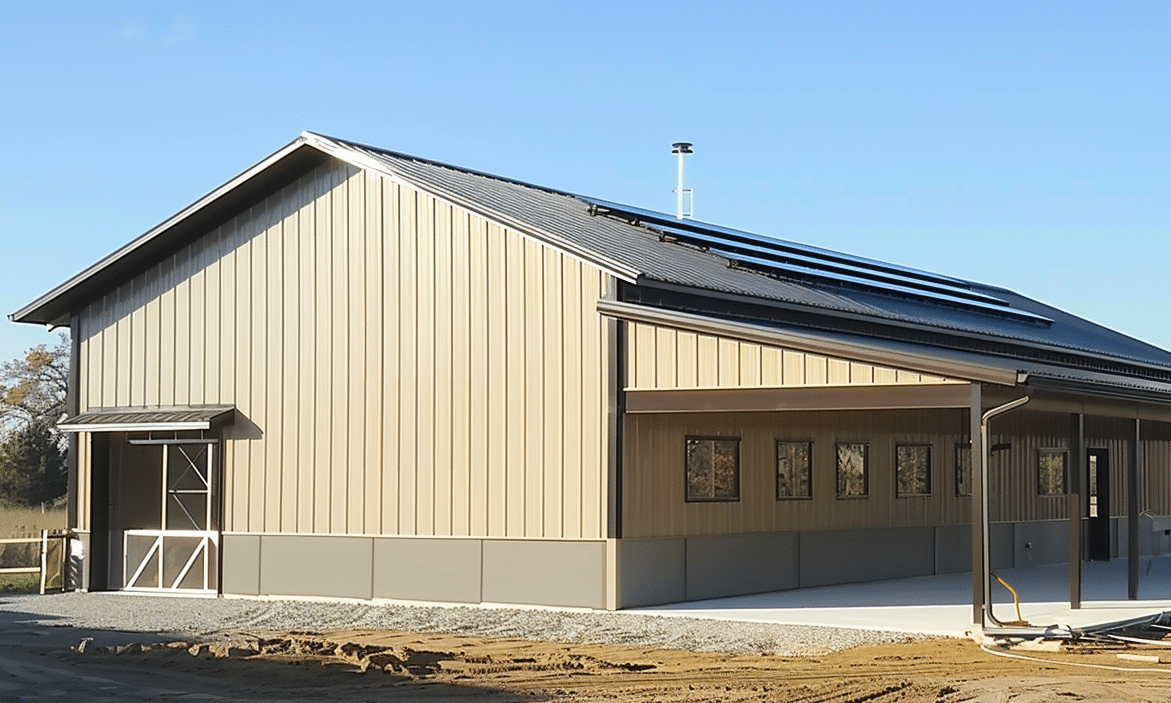
Foundation Placement and Preparation
Good foundations don’t just happen—they’re crafted meticulously by professionals. Recognizing when to call in the experts is vital for a successful project. This includes professional soil analysis, excavation, and leveling.
The preparation phase involves:
– **Clearing debris and vegetation**: Ensuring the site is ready for construction.
– **Excavation and grading**: Vital to create a level surface.
– **Compacting the soil**: Provides a solid base to minimize settlement.
Seeking professional Building Foundation Services ensures that every step is handled carefully.
Investing in Quality Materials
High-quality materials are non-negotiable when laying a foundation. Compromise here, and you’re safeguarding disaster. The mix of concrete, reinforcing bars, and the use of advanced polymers and sealants are crucial for withstanding agricultural demands.
The cost-saving mentality might tempt you to cut corners, but remember, a building’s foundation is like the base of a pyramid—everything relies on its strength and durability.
Ensuring Longevity and Durability
A durable foundation ensures that your steel agricultural building stands the test of time. Regular maintenance, such as checking for cracks and ensuring proper drainage, is essential for the longevity of your building. Institutions like the National Research Council Canada offer guidelines on farm building foundations that are worth reviewing.
Conclusion: Securing the Future of Your Steel Ag Building
Foundations aren’t the most glamorous part of building an agricultural steel building, but they form its backbone. Selecting the right foundation type, preparing the ground diligently, and choosing quality materials are all critical steps in securing a solid future for your building.
For more detailed guidance on steel buildings and to explore other design options, check out our Steel Harvest for Agricultural Buildings blog and Agricultural Steel Building Solutions for more detailed options.
In this way, as your steel building rises, you can be sure that it’s standing on a steadfast, unreproachable foundation—an investment that pays dividends in peace of mind and longevity.


